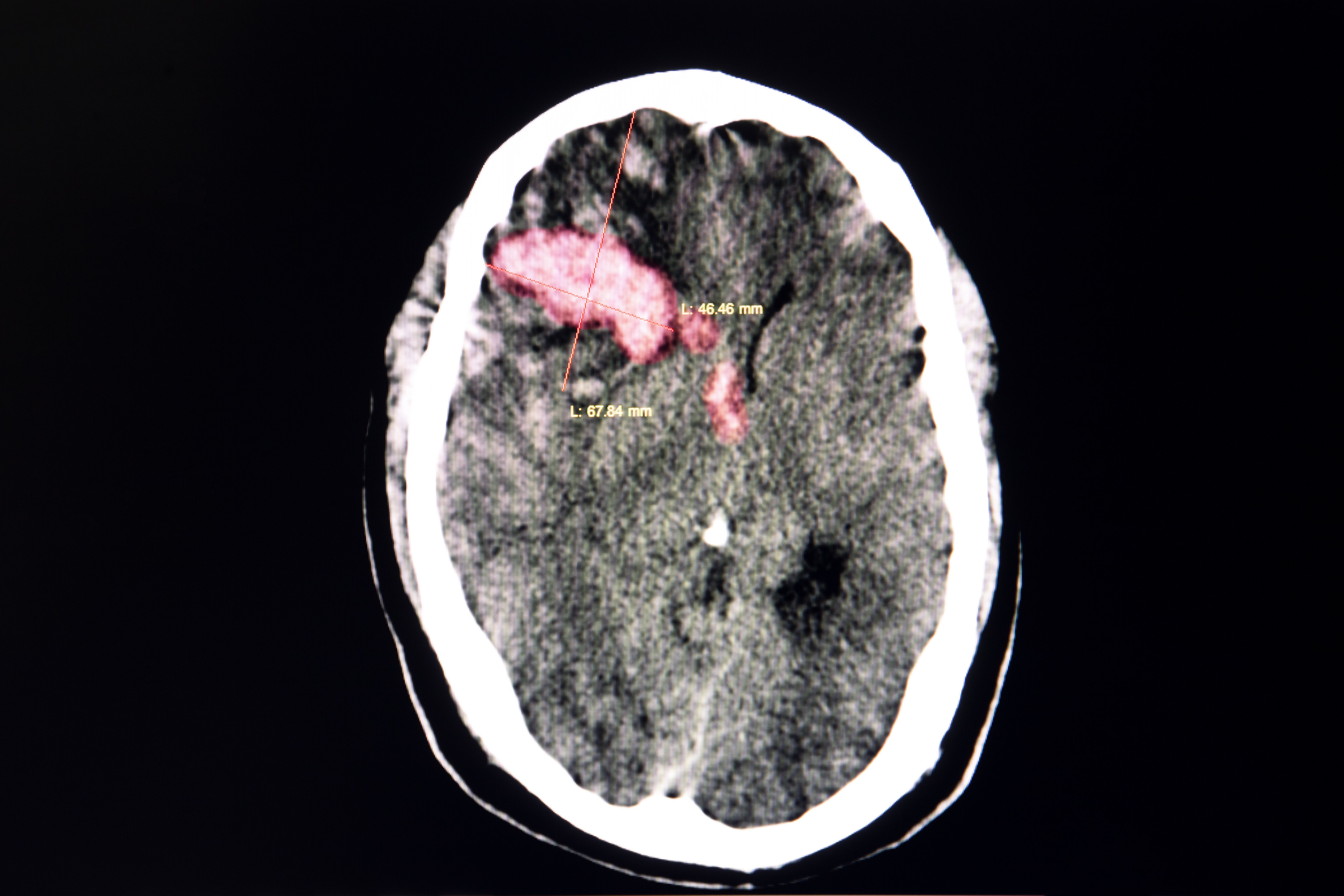News
Article
Study: Statin Use Lowers Risk of a Second Stroke, Including Ischemic Stroke
Author(s):
Study finds that statin use is associated with a 12% reduction in the risk of another stroke.
Patients who have experienced an intracerebral hemorrhage and who take statins could have a lower risk of having another stroke, specifically an ischemic stroke, according to the results of a study published in Neurology.1 After investigators adjusted for other factors, which included high blood pressure, diabetes, and alcohol use, statin use was associated with a 12% reduction in the risk of another stroke.1
Image credit: SOPONE | stock.adobe.com

According to a review by the US Preventive Services Task Force published in JAMA Network Open, statin use does aid in the prevention of cardiovascular disease (CVD) events and all-cause mortality for those aged 40 to 75 years with no history of CVD, or 1 or more CVD risk factors. However, they had insufficient evidence to determine the benefits and risk of statin use for those aged 76 years or older.2
“Previous research has had mixed results on the risk of stroke in [patients] who are taking statins and have already had a bleeding stroke, so we evaluated this further,” David Gaist, MD, PhD, from the University of Southern Denmark in Odense said in a statement. “We looked at whether use of statins after a bleeding stroke is associated with the risk of any additional stroke, including both those caused by bleeding and by blood clots. We found that those who used statins had a lower risk of stroke, notably ischemic stroke, while there was no change in the risk of bleeding stroke.”1
The study investigators included 15,151 individuals in Denmark who had a first bleeding stroke. The individuals were followed from 30 days after their first stroke until the first occurrence of another stroke, death, or the end of the follow up, which lasted for an average of 3.3 years. Prescription data were used to determine the use of statins.1
The study authors also compared 1959 individuals who had another stroke and 7400 who did not have another stroke, and were matched to age, sex, and other factors. Of those who had another stroke, approximately 39% took statins compared to 41% who did not have a second stroke.1
Investigators also determined the difference among 984 patients who had another bleeding stroke with 3755 individuals who did not have another stroke. Among those who had a second bleeding stroke, 39% took statins compared to 41% who did not have another stroke.1
However, after the adjustments, there was not a link found between statin use and a recurrent bleeding stroke.1
“The results of our study are good news for [those] taking statins who have had a bleeding stroke,” Gaist said in the statement. “While we did find a lower risk of having another stroke, it is important to note that when looking at the data more closely, that lower risk was for ischemic stroke. Still, we found no increased risk for bleeding stroke. More studies are needed to confirm our findings.”1
One limitation of the study was that the individuals were Danish, therefore, the data may not be generalizable to other populations, according to the study authors.1
References
- Can taking statins after a bleeding stroke lower risk of another stroke?. News release. EurekAlert. August 30, 2023. Accessed August 31, 2023. https://www.eurekalert.org/news-releases/999571
- US Preventive Services Task Force. Statin use for the primary prevention of cardiovascular disease in adults: US Preventive Services Task Force recommendation statement. JAMA. 2022;328(8):746–753. doi:10.1001/jama.2022.13044
Newsletter
Stay informed on drug updates, treatment guidelines, and pharmacy practice trends—subscribe to Pharmacy Times for weekly clinical insights.






